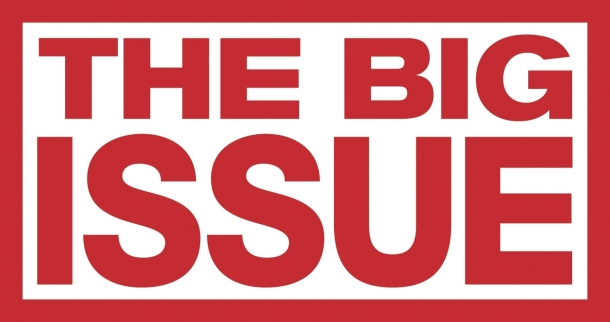
My last blog post addressed how to brainstorm like a pro. It contained three simple steps to follow if you are hosting a session to generate ideas for a business challenge that you might be facing.
Those 3 steps are:
- Before you begin your session
- Idea generation, and
- Idea selection
Following a number of comments and messages that I received in response to the piece, it is clear that the idea generation part is straightforward. It’s the last step, idea selection, where people need additional help to decide which of the ideas to move from being words on a flip chart and into reality.
The process that I found particularly effective is to use De Bono’s Six Thinking Hats. This is a powerful technique for decision making from different perspectives.
The six hats represent six modes of thinking and should be considered as “directions to think” rather than labels for thinking. That is, the hats are used proactively rather than reactively.
Using this method promotes fuller input from more people. Everyone is able to contribute to the exploration without denting egos as they are just using whatever hat is in use at the time. The expectation is that everyone should contribute to the discussion under any hat even though they may support an opposing view.
When done in a group, everyone wears the same hat at the same time and each thinking style is represented by a different hat as detailed below.
White Hat Thinking (Facts)
This covers facts, figures, information, needs and gaps. White hat thinking means “Let’s drop the arguments and proposals and look at the data”.
Red Hat Thinking (Emotions)
This covers intuition, feelings and emotions. The red hat allows the thinker to propose an idea without any need to justify it. “Putting my red hat on, I think this is a terrible proposal”.
Usually feelings and intuition can only be introduced to the discussion if they are supported by logic.
Usually the feeling is genuine but the logic is spurious. The red hat allows a thinker to put forward their feelings on the subject at the moment.
Black Hat Thinking (Caution)
This is the hat of judgement and caution. It is a most valuable hat. It is not in any sense an inferior or negative hat. The black hat is used to point out why a suggestion does not fit the facts, the available experience, the system in use, or the policy that is being followed.
The black hat must always be logical.
Yellow Hat Thinking (Positive)
This is the logical positive. Why something will work and why it will offer benefits. It can be used in looking forward to the results of some proposed action, but can also be used to find something of value in what has already happened.
Green Hat Thinking (Other Options)
This is the hat of creativity, alternatives, proposals, what is interesting, provocations and changes.
Blue Hat Thinking (Is Process Working?)
This is the overview or process control hat. It looks not at the subject itself but at the “thinking” about the subject.
“Putting my blue hat on, I feel we should do some more green hat thinking at this point”.
Why use the Six Thinking Hats?
Ultimately, this will improve the quality of the decisions that you make as you will have considered each of the options from all possible view points. It can also help all members of the group to step away from some of their default behaviours and consider different perspectives.
Let me know if you have used this approach in the past and what success you had with it.










